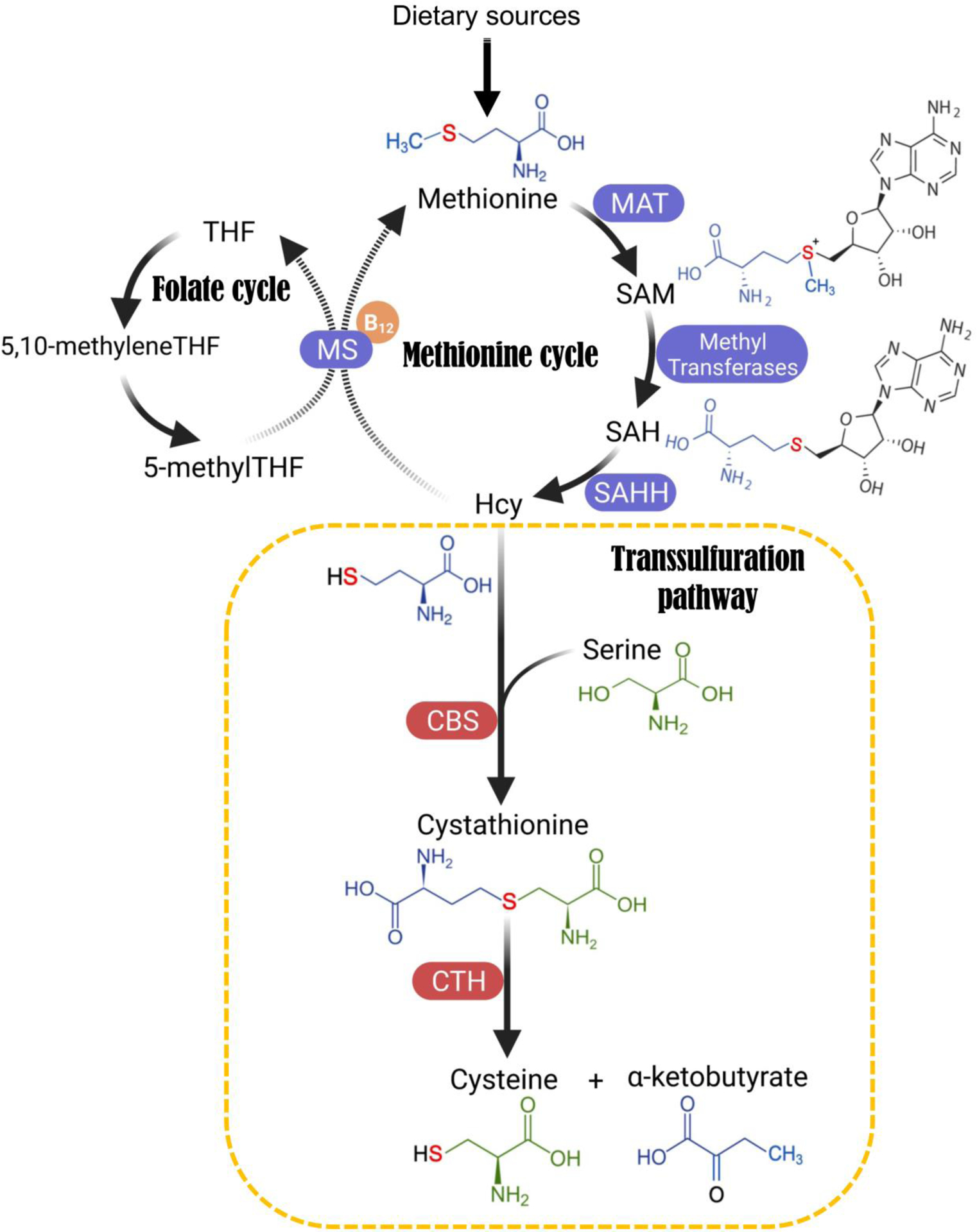Figure 2. Schematic showing the metabolic pathways that contribute to de novo cysteine synthesis.

Folate cycle, methionine cycle, and the transsulfuration (TSS) pathway mediate de novo cysteine synthesis. Atoms are colour-coded to indicate their flow in the metabolic reactions. This sulfur transfer process is indirect, and Hcy (homocysteine), an intermediate metabolite from the methionine cycle, is the sulfur-containing precursor that ultimately gets channelled to the TSS pathway. Hcy can either enter the TSS pathway to transfer the sulfur atom to serine, eventually leading to cysteine synthesis, or Hcy is recycled back to methionine using folate cycle metabolite 5-methyl-tetrahydrofolate (5-me-THF) as the methyl donor and vitamin B12 as a cofactor. The Hcy-to-cysteine conversion is again indirect, and is sequentially catalyzed by two enzymes: Cystathionine β-Synthase (CBS) and Cystathionine γ-Lyase (CGL, also named Cystathionase or CTH). Specifically, CBS condenses Hcy and serine into a single molecule called cystathionine, which is then cleaved and hydrolyzed by CTH to form cysteine, alpha-ketobutyrate and NH4+. Abbreviations: B12, Vitamin B12; CBS, Cystathionine beta-synthase; CTH, Cystathionine gamma-lyase; Hcy, Homocysteine; MAT, Methionine adenosyltransferase; MS, Methionine synthase; SAHH, S-Adenosylhomocysteine Hydrolase; SAH, S-Adenosyl homocysteine; SAM, S-Adenosyl methionine; THF, Tetrahydrofolate.
